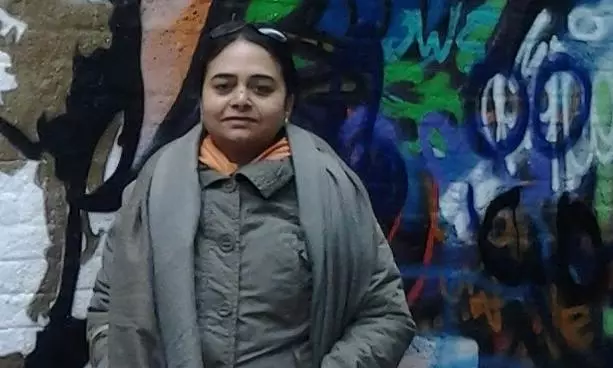Triumph of conquering a mountain peak can be experienced only by dedicated climbers

Mountaineering, which has long been seen as a ‘useless’ pursuit, has taken on new meaning in recent years. Instances of summitting 8,000-meter peaks have more than doubled over the last three decades, according to reports. But with a growing number of climbers crowding the narrow routes through the dangerous “death zone” near the summits, a storm is brewing. According to Eberhard Jurgalski, a German mountaineering chronicler, “it is possible that no one has ever been on the true summit of any of the fourteen 8,000-meter peaks.”
For instance, many people claimed to have reached the 8163-m Manaslu summit before the autumn of 2021, but it turned out that only a small number of climbers had reached the actual summit. “The real Manaslu summit opened just last year. The teams stop at 8,100 metres, as they can’t climb to the true summit because of a risky ridge. The main summit is 6-7 metres higher than the fore-summit point,” says Thammineni Bharath, the first person from South India to stand atop Mount Lhotse, the fourth tallest mountain in the world at 8,516 metres (27,940 ft) after Mt Everest, K2, and Kangchenjunga.
With more people setting out to climb the Everest, the question has arisen whether summitting needs to be validated.
“No country would risk the embarrassment of a false summit certificate. The stamp, the signature of the issuing authorities, and the Mountaineering organisation of that country will all be called in question. No serious mountaineer would take the risk of climbing mountains in that country as they wouldn’t want to take on the added dangers of violations of ethics,” says Neelima Pudota, who has climbed the Mount Everest.
What’s the proof?
By asking a simple question — What is the summit? — researchers are raising doubts about past accomplishments and raising the standards for future ones. “In many cases, climbers submit false photograph taken somewhere on the mountain as proof of summitting, and no asks for GPS tracking,” says Bharath.
Many climbers have missed a “real” peak by a few metres because they lacked a position tracker. Tenzing Norgay Adventure Award 2020 winner Priyanka Mohite says, “The ideal approach is to go with the pioneer mountaineering agencies. All the guides and sherpas who accompany us beyond 8000 mts are well trained and talented — not only in climbing but in caring for the climbers as well.”
Narender Singh Yadav claimed to have reached the summit of the Everest in May 2016, but the photos were later discovered to have been doctored. He was barred from climbing the mountain until May 20, 2022, after which he claimed to have done it, and submitted a cache of photos and videos to prove it.
How are records of summiting typically kept, and who maintains them?
How many people have reached the actual tops of mountains which rise beyond the 8,000-meter “death zone”? The oxygen pressure in the atmosphere is insufficient above 8,000 m for long-term human survival.
Summitting of many of the world’s highest peaks is validated primarily through trust, a system that has previously worked within the tight-knit community of high-altitude climbers.
“When a climber summits, his Sherpa reports to the Indian Mountaineering Foundation that his client had summited and submits the picture taken on the spot,” Bharath says.
“When I climbed the Everest, I didn’t have a GPS tracker or a satellite phone,” Priyanka, the first Indian woman to scale five peaks above 8,000 metres, says. “As a result, we were all dependent on one another. The mountaineering agency we hire provides all the information, such as the list of team members, the sherpa, and the time when the summit was reached, to the liaison officer at the base camp, who confirms whether or not the summitting occurred. This information is then sent to the Nepali government, which issues the certificate, and it is entered into the Himalaya database.”
Neelima adds, “You can get watches with altimeters. When you take a photo on a summit, the geography and surrounding mountains identify it as the peak. Various images are sent to the appropriate mountaineering authorities (like IMF if you climbed an Indian Mountain, CTMA if you climbed a Chinese or Tibetan Mountain etc.). Testimonials from sherpas and other climbers are also considered.”

